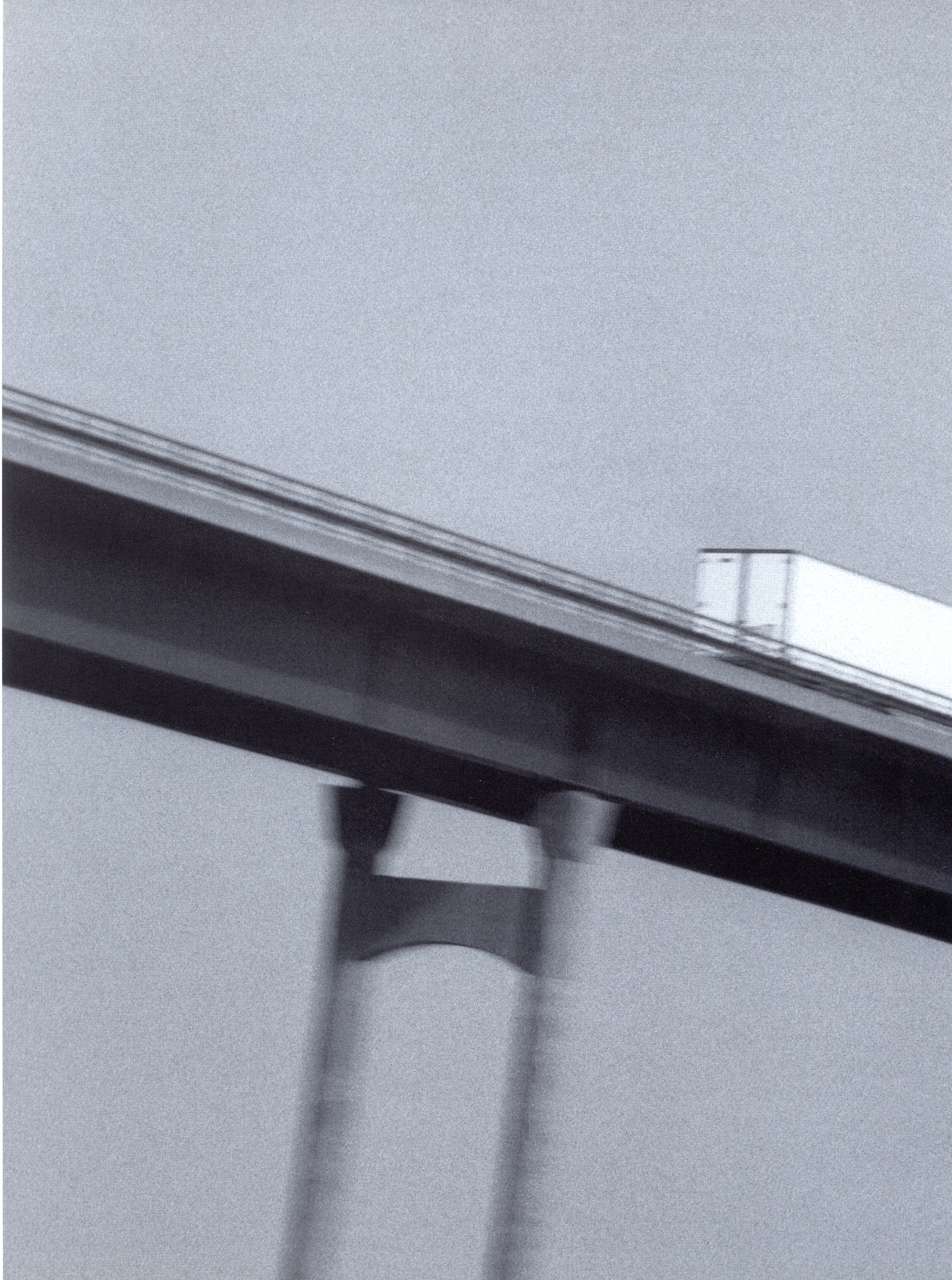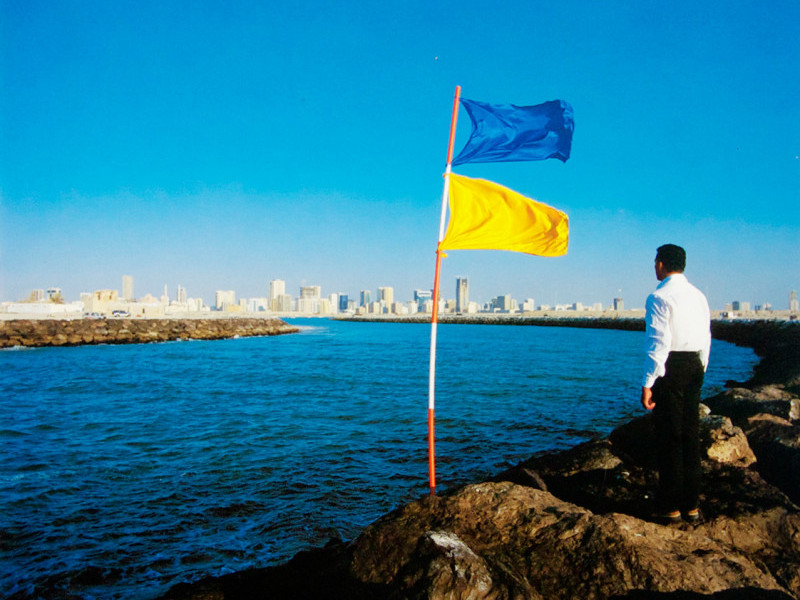
The Bridge II, 2003
Morten Leberg
The Bridge II, 2003
Photograph
search


Morten Leberg
The Bridge II, 2003
Photograph
Morten Leberg (born 1953) began taking pictures in the context of the organized amateur photography movement, a milieu that combined ambitious amateurs with professional photographers wanting to work artisticly. A high degree of technical perfection combined with a clear conception of form characterizes the best of this movement and has clearly given Leberg his originating platform. In the 1970's he joined a mixed group of photographers who started an organization for artists working with camera based art. He has for years also been active as a journalist and a critic.
In a catalogue following an exhibition in 1982, the Norwegian collector and founder of the Preus Museum of Photography asked. "How little can a picture contain and yet tell something? How sparsely can a photographer use his means?" In the images "The Bridge I" and" The Bridge If' from 20 years later we still see Leberg's preference for concise and almost abstract motives. We see an individual and contemporary expression combined with
roots in the 'subjective vision' movements that grew forth in the 1950's and 1960's. Well-known photographers like the American Minor White, the German Otto Steinert and the Swede Hans Harnmarskiiild come to mind. Leberg's affinity to their aesthetic, 'abstract form' in 'modern life' and its instrumental products, show his (non)affinity with New Vision. Their fascination for odd viewpoints, contrasts and texture serving the 'shock' of modernity seem also to fascinate Leberg, but from a postmodern perspective a no longer shocking but charming alternating, as also disturbed in time, of a past modernity. The two images of the cars on the bridge capture attention in more ways than the singluar 'Homage a Chrysler that mirrored a Fordist ideology. They are similarily "concrete", but as minimal, urban aporias, that create a provisional space beyond the logic of capital and modernity. The break or shift between this synchronic and diachronic 'modernist' industrial unity is the critical reflex of "pleasure" in the photograph to the temporal gap that opens on the shots of Leberg's "cars".
Holm Johnsen

Sharjah Biennial 6